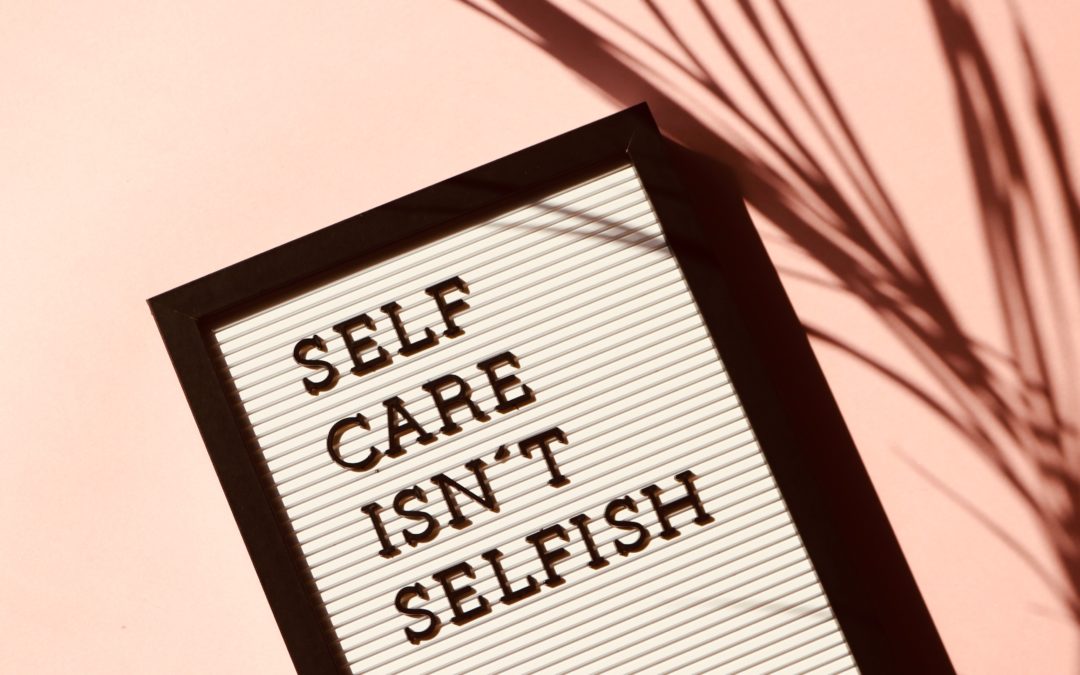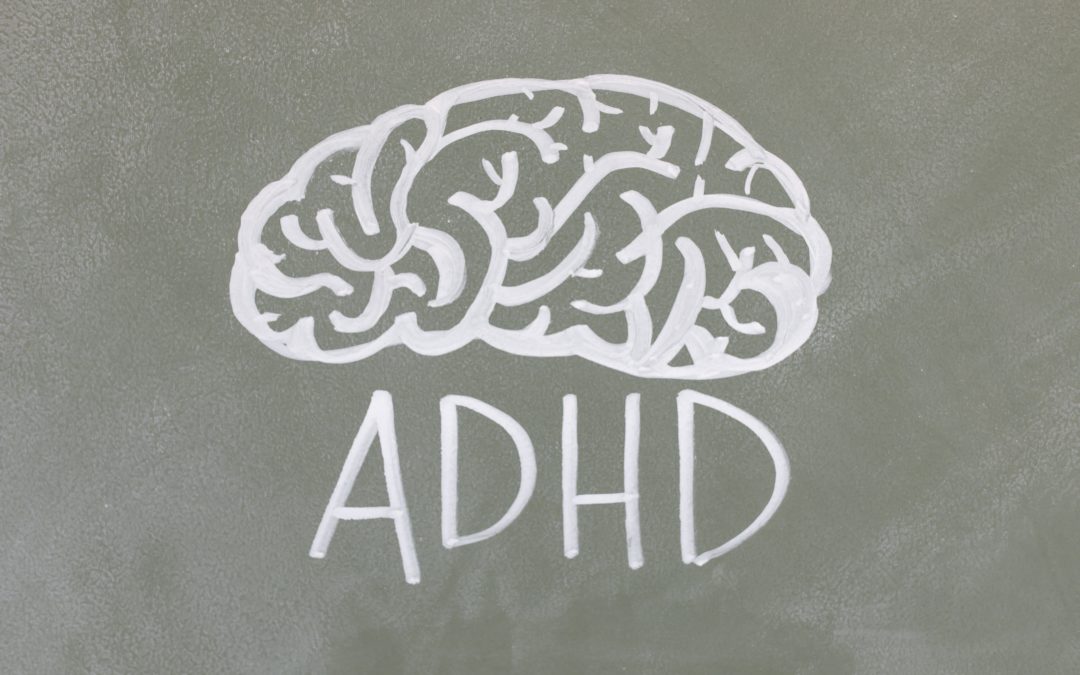
The Importance of Self-care for Parents and Children
Parenthood can be rewarding, but it is ever busy, too! Between taking children to school and managing other to-dos, some days it may feel like you don’t get a minute to yourself. And even when you hear about self-care, you may dismiss it as frivolous, unnecessary, or even selfish.
But self-care has little to do with self-absorption and everything to do with health and wellness. In fact, self-care can be one of the best ways for parents to not only meet their own needs, but also their family responsibilities. Once you view self-care through the correct lens, it’s easy to see that it’s anything but selfish.
A broad definition of self-care, according to the National Institute of Mental Health (NAMI), means creating a plan with healthy habits under the umbrella of physical, emotional, spiritual, social, professional, and psychological care. Self-care doesn’t mean eating bonbons in a bathtub all day, although this can be something fun to do every now and then. Self-care just means adding yourself to your to do list with doing things to improve your physical and emotional well-being. It just means putting the oxygen mask on yourself too. Self-care habits can help us stay at the top of our game. Though it may be difficult in the beginning, you will start to see it as beneficial over time.




